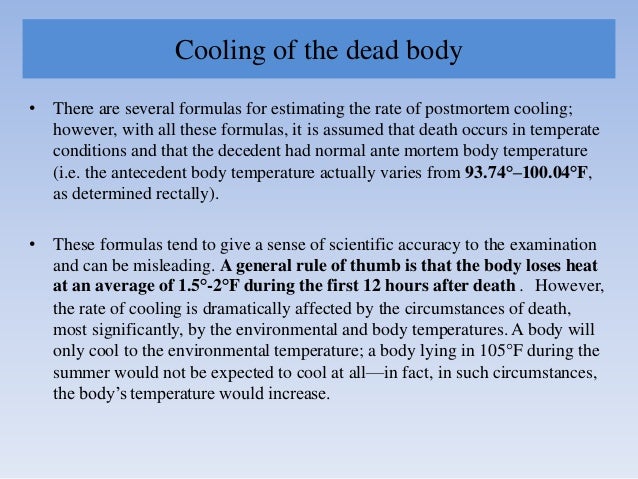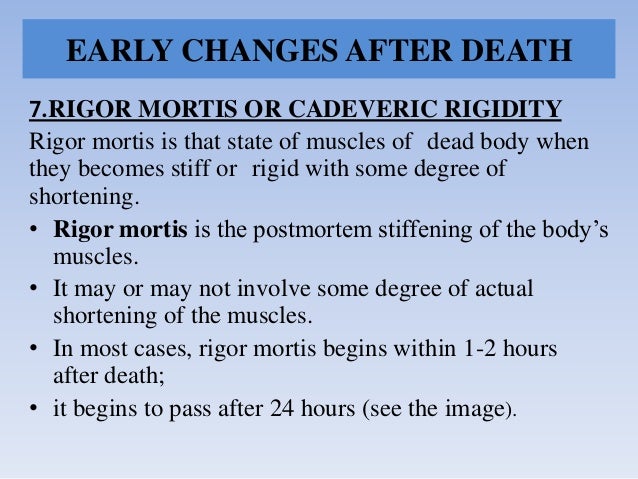After a few hours though the energy reserves deplete until they are gone. In most cases rigor mortis begins within 1-3 hours after death and began to really stiff after 24 hours.
15-12-2014 First your blood stops flowing and begins to pool and settle wherever it is at in your body.
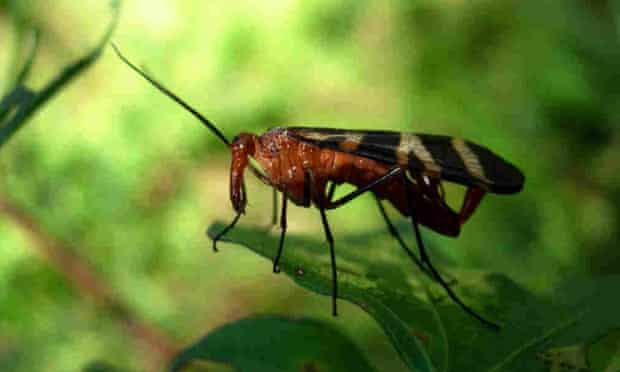
Body purge after death. 01-07-2020 Body undergoes decompositional changes after death. With no more respiration or food intake no ATP is produced. 16-04-2010 When a person dies their muscles stiffen and then relax.
12-01-2009 A few days after death these bacteria and enzymes start the process of breaking down their host. During life the pumping action of the heart maintains a constant flow of bloodthrough the numerous vessels of the body. The human body does not behave like a uniform structure and thus Newtons Law of cooling does not apply in the same way as it would if the body did behave like a uniform structure.
The stiffening is called rigor mortis. 11-03-2008 Purge can also occur naturally after death as this has happened to me many a time in the hospital when preparing a body for transport to the mortuary. We told you this would be morbid In light-skinned people your body wont start taking on that stale deathly hue until about 15 to 20 minutes after death at which point the lack of blood flow to the capillaries starts to drain the colour out of you.
This sets into your face within two to four hours after death and hits your bigger muscle groups in about six to 12. After death the body is unable to break the bond that causes the state of constant contraction. Which is a chemical reaction within the muscles shortly after death.
3-5 days after death the body starts to bloat and blood-containing foam leaks from the mouth and nose. At Hour 1 At the moment of death all of the muscles in the body relax a state called primary flaccidity. Evaluation of Postmortem Changes Accessed 1 July 2020.
If its someone you pulled IVs out of post-mortem you may seem some blood seeping from those as well. But the exact decomposing time differs. Upon death this pumping actionceases and the blood pools within the dependent portions of the body.
Rigor mortis is the stiffness of death not only humans and even animals underwent rigor mortis. In most cases rigor mortis begins within 1-3 hours after death and it begins to pass after 24 hours. Essentially it congeals and turns your body purple and pink.
The dead body doesnt bleed because the heart is no longer beating after death. It works in a head-to-toe fashion. The pancreas is full of so many bacteria that it essentially digests itself source.
And if a dead body is inside a coffin and buried deep underground it could even take 50 years to decompose all tissues on the body. Soon after the heart stops beating cells become deprived of. Autolysis and putrefaction StatPearls.
28-05-2018 Immediately after death the muscles become limp because there is no signal from the brain instructing the muscles to contract. Generally it could take about a year for the body to decompose into a skeleton in ordinary soil and eight to twelve years to decompose a skeleton. Soon after the heart stops beating cells become deprived of oxygen and their acidity increases.
But other than that the body really doesnt lose any other fluids until decomposition begins. 01-04-2021 After death is confirmed the timeline of physical processes is as follows. Algor mortis post mortem body cooling A body cools after death but not in such a predicatable manner as was once thought.
05-05-2015 Decomposition begins several minutes after death with a process called autolysis or self-digestion. As these organisms work their way to other organs the body becomes discolored first turning green then purple then black. Basically when you die the cells start to liquefy.
The worse I saw was as an aide in ICU. 8-10 days after death the body turns from green to red as the blood decomposes and the organs in the abdomen accumulate gas. The muscles still have energy reserves that can be used so the muscles remain relaxed.
Thelocation of livor mortis is determined by the position of the body after death. 04-03-2008 Body fluids depend on the person and the death. 09-01-2012 The most well-known post-mortem occurrence is rigor mortis or stiffness of death After death the body is unable to break the bond that causes a contraction causing a perpetual state of contraction.
Typically this process is composed of 2 parallel processes. This means if your bowels were full at the time of death they wont be for very long. Newtons Law of Cooling.
24-72 hours after death the internal organs decompose. 3 Eyelids lose their tension the pupils dilate the jaw might. Next with no blood flowing your body begins to turn cold a phase known as algor mortis or death chill to us laypeople.
Most deaths there is a release of urine and a release of bowel. 08-05-2015 Decomposition begins several minutes after death with a process called autolysis or self-digestion. After that the muscles loosen which causes defecation.
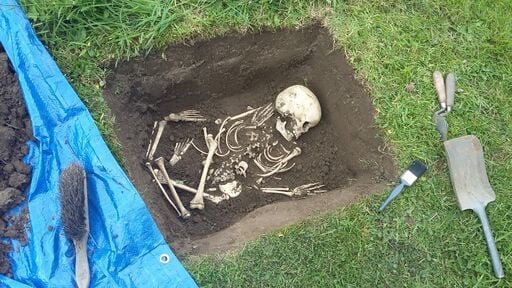 What Happens To Human Bodies After Death
What Happens To Human Bodies After Death
 Postmortem Change An Overview Sciencedirect Topics
Postmortem Change An Overview Sciencedirect Topics
 Photos After Death Post Mortem Portraits Preserved Dead Family History
Photos After Death Post Mortem Portraits Preserved Dead Family History
 Life After Death The Science Of Human Decomposition Forensic Science The Guardian
Life After Death The Science Of Human Decomposition Forensic Science The Guardian
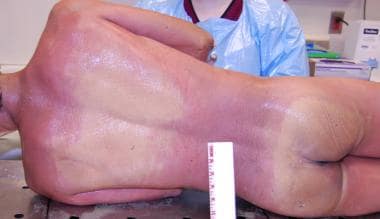 Postmortem Changes Overview Definitions Scene Findings
Postmortem Changes Overview Definitions Scene Findings
 Life After Death The Science Of Human Decomposition Forensic Science The Guardian
Life After Death The Science Of Human Decomposition Forensic Science The Guardian
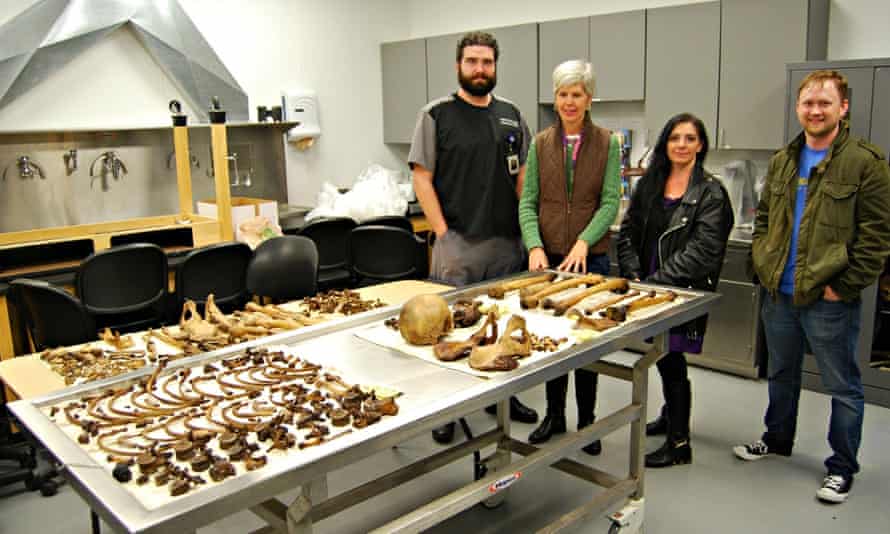 Life After Death The Science Of Human Decomposition Forensic Science The Guardian
Life After Death The Science Of Human Decomposition Forensic Science The Guardian
The Applicability Of Forensic Time Since Death Estimation Methods For Buried Bodies In Advanced Decomposition Stages
 Postmortem Change An Overview Sciencedirect Topics
Postmortem Change An Overview Sciencedirect Topics
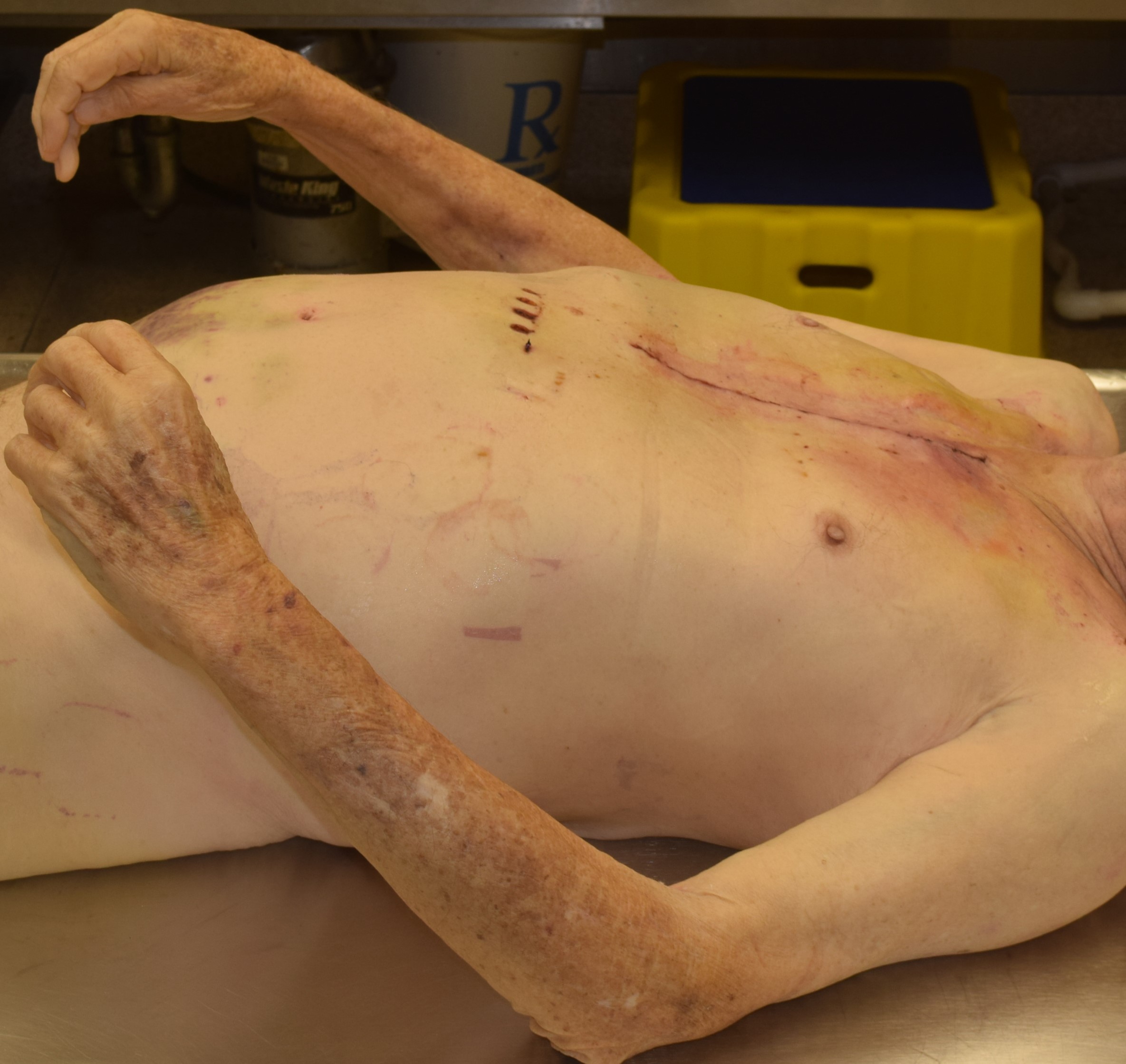 Pathology Outlines Postmortem Changes
Pathology Outlines Postmortem Changes
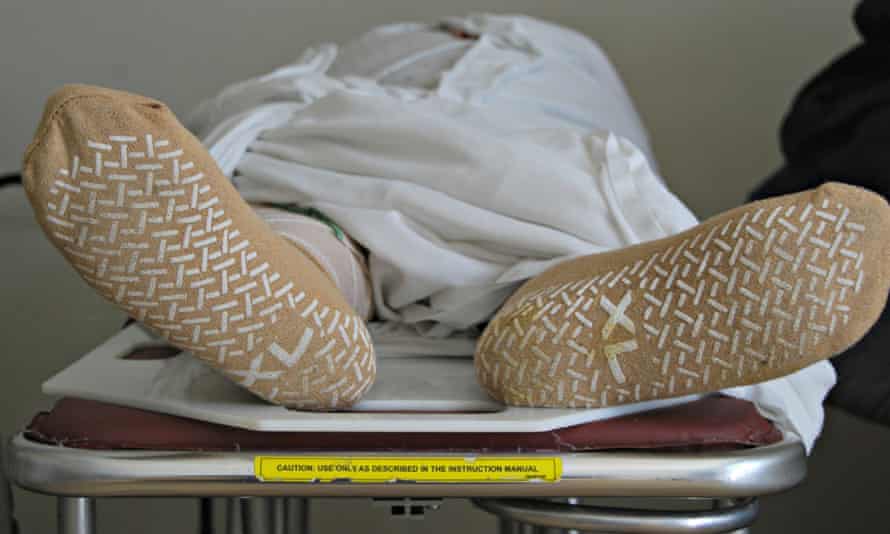 Life After Death The Science Of Human Decomposition Forensic Science The Guardian
Life After Death The Science Of Human Decomposition Forensic Science The Guardian
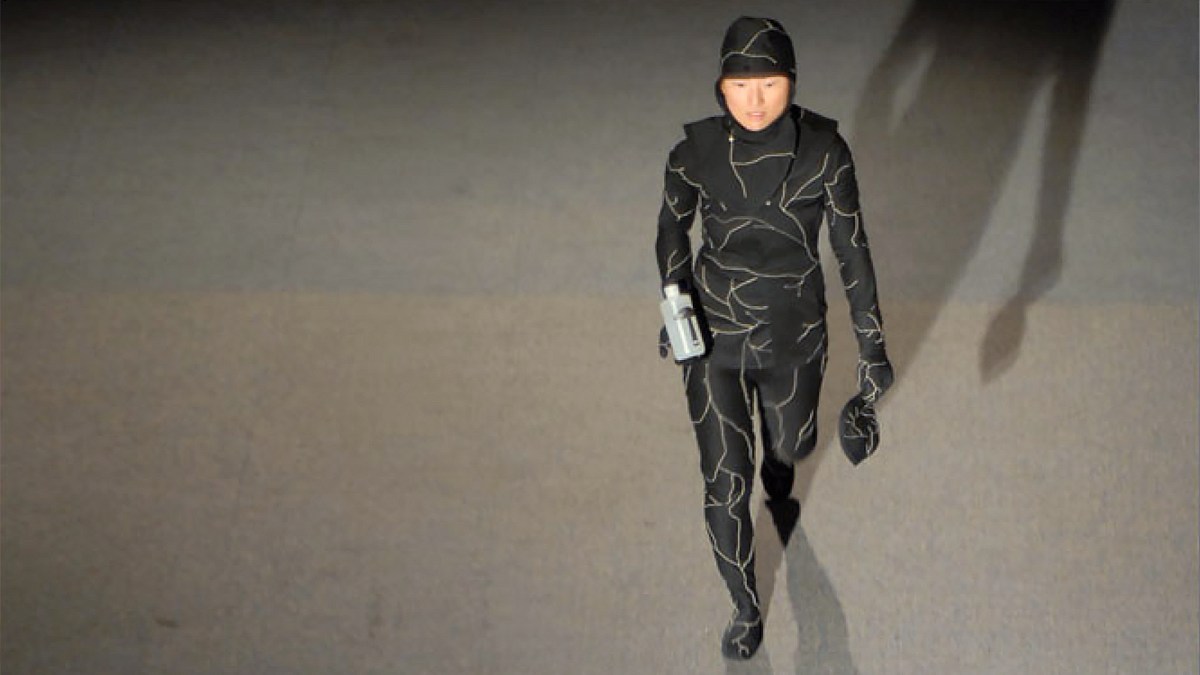 Mushroom Burial Suit Turns Dead Bodies Into Clean Compost Grist
Mushroom Burial Suit Turns Dead Bodies Into Clean Compost Grist
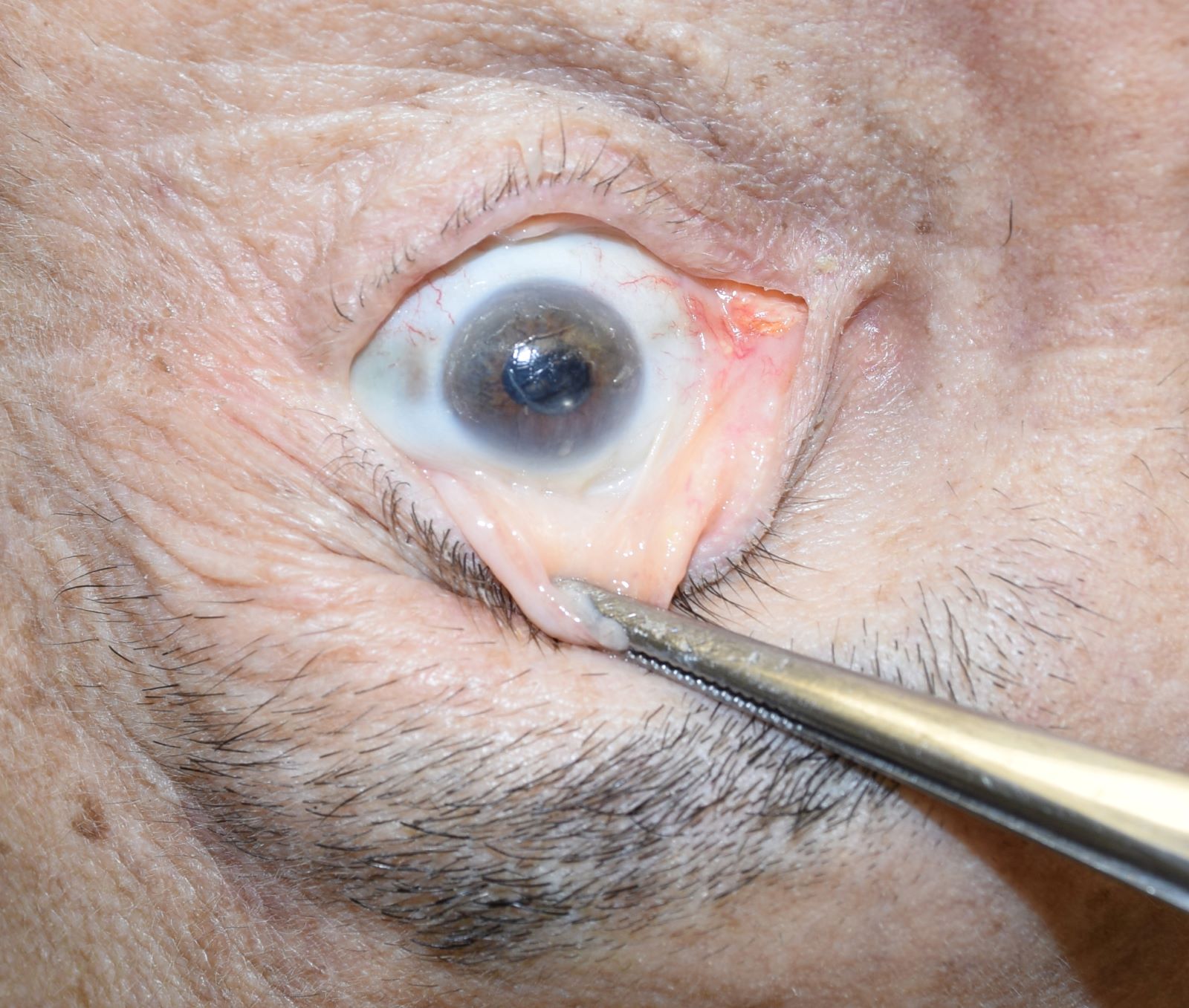 Pathology Outlines Postmortem Changes
Pathology Outlines Postmortem Changes
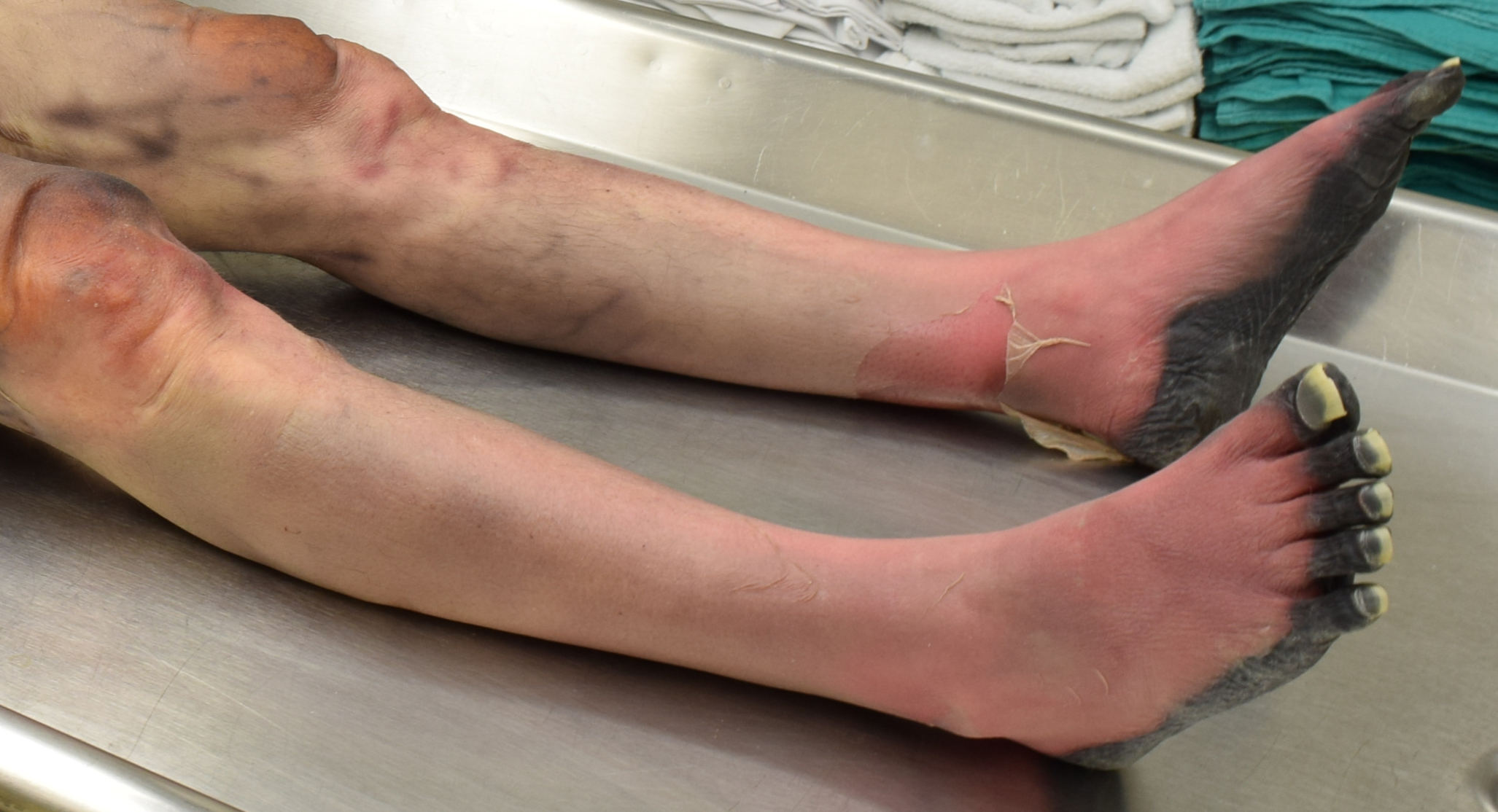 Pathology Outlines Postmortem Changes
Pathology Outlines Postmortem Changes
 How Talking Corpses Were Once Used To Solve Murders
How Talking Corpses Were Once Used To Solve Murders
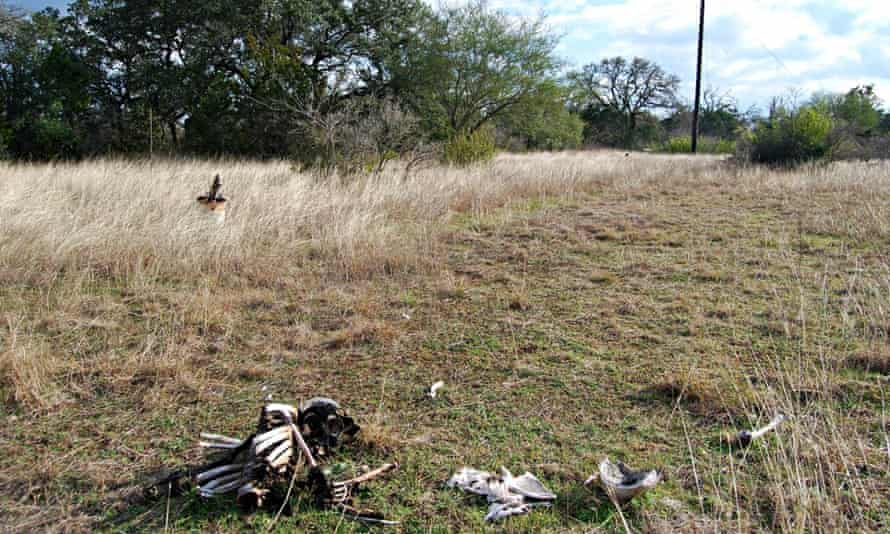 Life After Death The Science Of Human Decomposition Forensic Science The Guardian
Life After Death The Science Of Human Decomposition Forensic Science The Guardian
